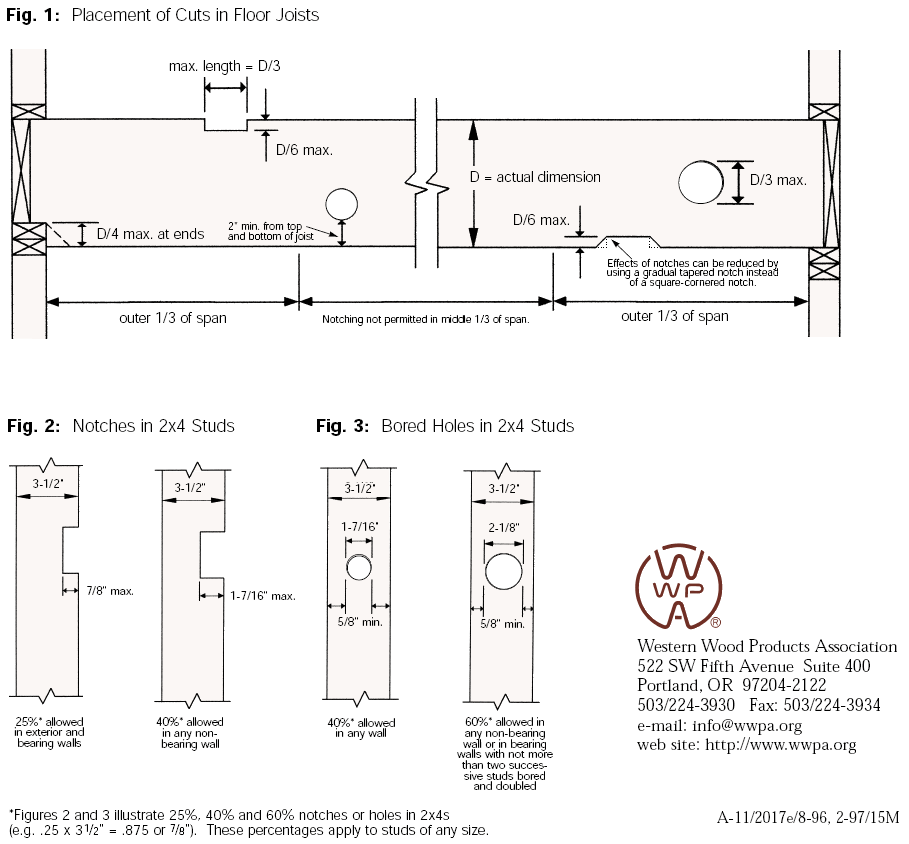- Location
- Massachusetts
crossman said:I think my statement stands that EMT strapping serves two purposes. One for support, the other to help maintain continuity by preventing the EMT system from wiggling arouns and transmitting this movement to fittings, thereby loosening them.
I agree, that is definitely the deal. When I run raceways that are where they are exposed I usually exceed NEC minimum support requirements by a long shot. The work will only stay looking good years from now if it is well supported from the start.
But I also know it's a rare thing for one or two flexes of EMT to make locknut's loosen up. But hey, I have been know to use the hammer drill on hammer only to tighten lock nuts.


